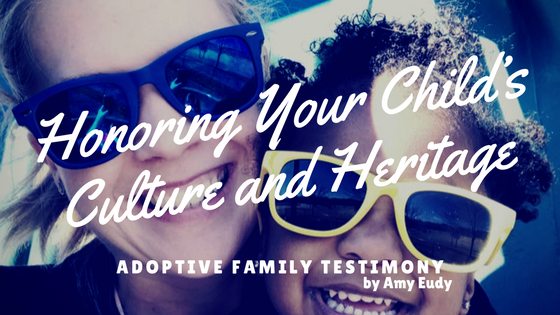When we adopt a child from another culture, it is important to go beyond providing a familiar food to our adopted children. Although arepas for Colombian adoptees, moon cakes for children from China, jollof rice from Nigeria and lumpia from the Philippines are important to provide for an adopted child, it is critical to […]








